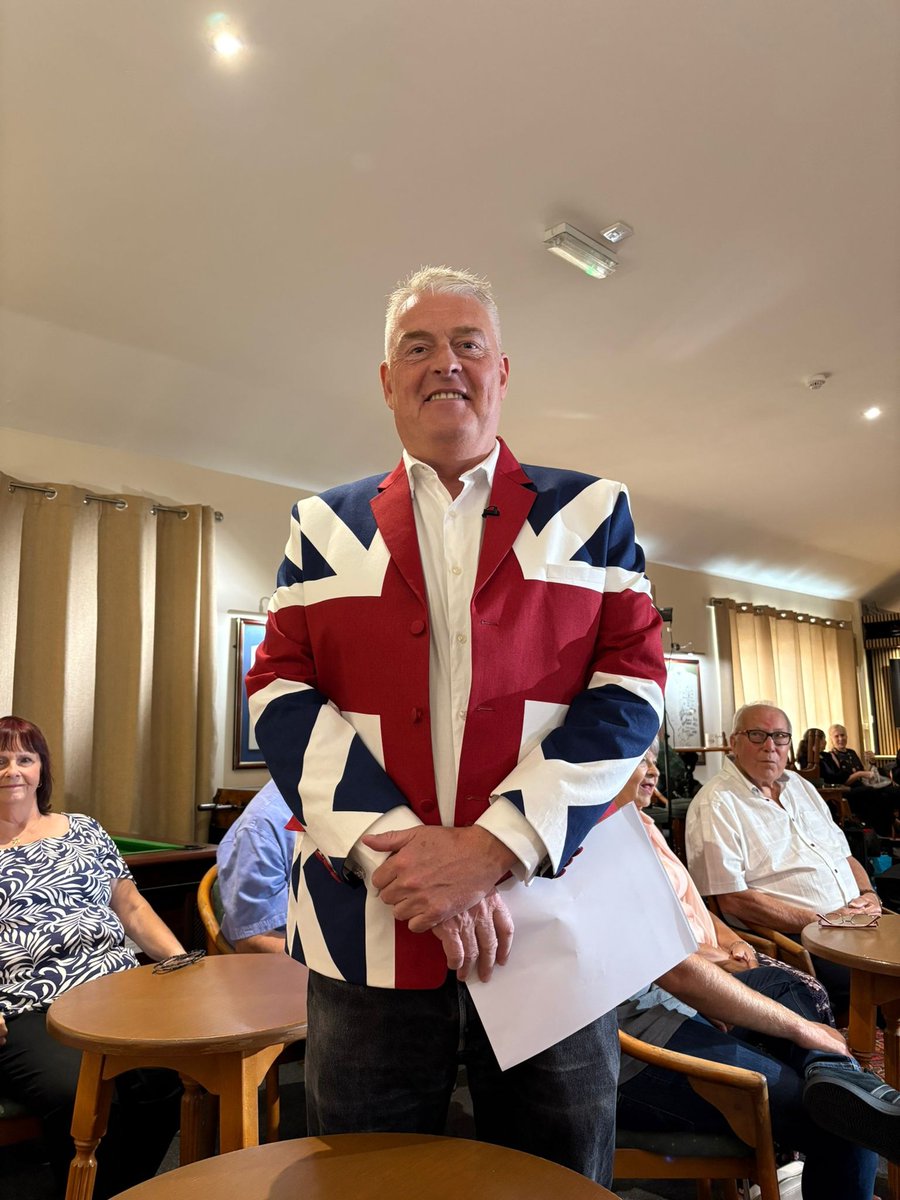here are two athletically built men. which trousers look better? 

https://twitter.com/boulderfish/status/1864063894223777841


the problem with very slim tapered, low rise trousers, particularly on certain men, is that they can emphasize your hips. see matt gaetz below. tristan tate suffers from a similar problem, although to a lesser degree. 



there are no universal rules in fashion. everything is contingent on aesthetics, which is contingent on culture. skinny jeans make sense in a rock and roll aesthetic bc the look is rooted in cultural history. but they look terrible with a tailored jacket bc that makes no sense 



most men don't have enough aesthetic direction one way or another. they're likely in very basic clothing, often business casual. so they should go for more middle of the road cuts. the overton window on trouser silhouette is so shifted, anything not suction-fit looks "baggy."
but if you look through men's fashion history, a high rise, straight legged cut is the middle of the road path.
often, when i talk about this, someone will post some ridiculous photo and say "that looks like this." no, it does not. if you can't tell the diff, you need help.

often, when i talk about this, someone will post some ridiculous photo and say "that looks like this." no, it does not. if you can't tell the diff, you need help.


look through photos of style icons: cary grant, gary cooper, gianni agnelli, steve mcqueen, robert redford, harrison ford, and such. the trousers are often high rise and neither baggy nor slim. they simply are middle of the road. 



this same cut can look great today. the best bespoke tailors have made pants like this for generations because it flatters almost everyone. 



• • •
Missing some Tweet in this thread? You can try to
force a refresh

































